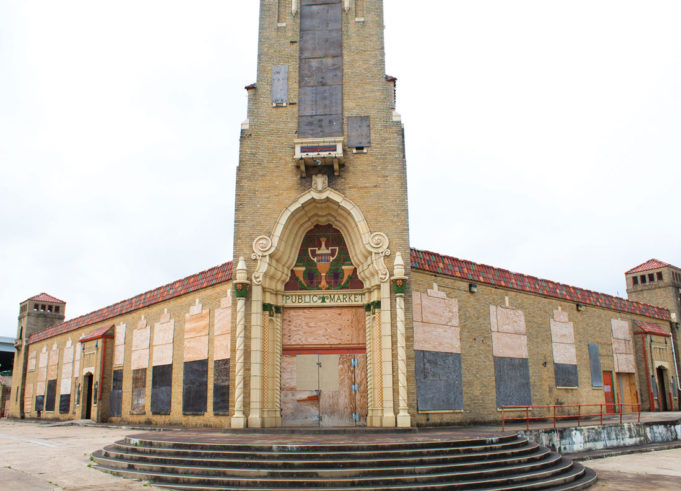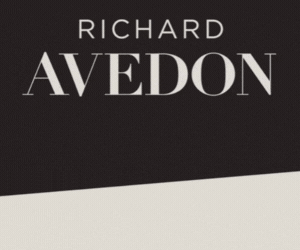Talking with a Houston transplant the other day, our conversation turned to local historic buildings. The young gent was raving about the T&P Station, an opulent Art Deco-inspired building that houses lofts, a terminal for TexRail, and a ground-floor pub. The young man’s parents recently enjoyed their stay at separate historic downtown apartments they found through Airbnb. Even the restored Near Southside building where he and I were having beers dates back a century, we noticed.
“Houstonians are quick to demolish old buildings, but not here,” he said.
Not wanting to quash his youthful exuberance and sincere admiration of old buildings, I didn’t mention that Fort Worth City Council and our mayor’s pro-business leanings are often at odds with the notion of preserving buildings that have lasted long enough to be appreciated again. The topic came to my attention again when one of Fort Worth’s most recognizable historic structures, Fort Worth Public Market, was put up for sale by its current owners, Wilks Development. The local company said it lacked the resources needed to properly renovate the property.
“We believe this project deserves to be in the hands of someone who will give it the attention this iconic building deserves and restore it to its former grandeur,” said Julieta Wilks, vice president of sales at Wilks Development.
The company has “received interest mostly from commercial developers,” she said. “Some of the proposed uses have included hotel, mixed-use, and multifamily concepts. Most of them have previous experience with historical site restoration, which is a huge benefit with a project like this.”
The news sent waves through social media feeds. Artists and artisans acted like their favorite $1.6 million puppy was finally up for adoption. (The $1.6 million figure comes from Tarrant Appraisal District’s website, not Wilks Development.) Many of the comments were shared through the public Facebook group Buy Back Fort Worth Public Market.
“This is an artist’s attempt to buy back one of Fort Worth’s most beautiful buildings and turn it into a destination for all,” the group’s administrator wrote. “I did a little math and found that if 10,000 of us gave $160, we could buy this building outright and begin to transform it! I will create opportunities for artists, farmers, small business, a co-working space, community impact hub, and more.”
More than 40 comments followed.
“I will donate my time to help clean it up!” one local painter said.
Jerre Tracy, the executive director of Historic Fort Worth, a nonprofit that advocates for preserving and restoring historic buildings, said in an email that her office frequently fields calls about Fort Worth Public Market.
“This is due to the building’s obvious endangerment,” she said. “It is isolated by the freeway and has broken glass. In 2010, a fire broke out in the stall area of the Public Market. It was placed on HFW’s endangered list 2008, 2009, and 2011. The purchase cost of the building will shape what type of business could be economically viable in Fort Worth’s Public Market building.”
Each year, the nonprofit releases a list of endangered historic buildings to raise awareness of the dangers that neglect, demolitions, and opportunistic developers pose to the thousands of historically significant structures within Fort Worth. The market is protected from demolition, not by its listing in the National Register of Historic Places (awarded in 1984) but through a deed covenant (written promise) that former property owner Bob Simpson placed on the building. The deed restricts the market from being demolished or materially changed by any of its future owners until 2084.
The structure is eligible for two tax incentive programs. At the state level, an appropriate restoration of the building could qualify for the Texas Historic Preservation Tax Credit Program, which provides a tax credit that can cover 25 percent of the rehabilitation costs of a historically recognized building, such as the Fort Worth Public Market. At the city level, a 10-year freeze on property taxes through the Historic Site Tax Exemption program is possible if the building is designated a historic and cultural landmark of the City of Fort Worth. Such a designation requires city staff to approve the eligibility of the project before the Fort Worth Landmarks Commission, a volunteer board that recommends structures for historic designation, and city council give final approval.
The original application for the market’s Texas Historic Landmark designation, forwarded by Tracy, is a 40-year-old reminder of the structure’s importance to the city and the people of Fort Worth:
Constructed on the eve of the Depression in 1930, the Fort Worth Public Market faced what would turn out to be insurmountable obstacles in its effort to provide the city of Fort Worth with a centrally located farmers’ market. The market was designed by B. Garlord Noftsger. The Fort Worth market building, built in a Spanish Colonial Revival style, bears strong resemblance to the market building in Oklahoma City, which Noftsger [designed] in 1928. The market opened to the public on Friday, June 20, 1930. Over 20,000 people attended the opening, and the papers reported that stores in the impressive structure were doing a “rushing business.”
A woman who worked in the market during the first years of its operation said that everything was either white enamel or painted white and arranged in an open manner such that the market seemed very clean, spacious, and modern.
The public market is the only structure of its type standing in Fort Worth. It represents an architectural style in a manner unique to Fort Worth and provides a graphic representation of the way that people in this area were swiftly and severely affected by the Depression.













Wish the Bass family was interested in this project. Obviously it will take some cash, but what a cool building. Always loved it.
Wish someone would look at the Washington DC area to see how they have kept up the use and maintenance of Capital Hill’s Eastern Market, and/or the Torpedo Factory Arts Center in nearby Alexandria, Virginia, where working artists sell and demonstrate their works to patrons and tourists. The TFAC sells an info seminar and materials packet so other cities and arts groups can follow their lead. This building must be saved.